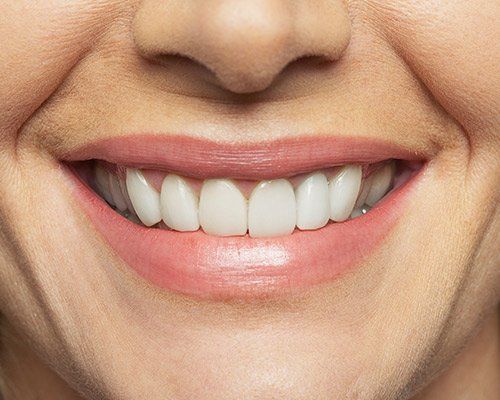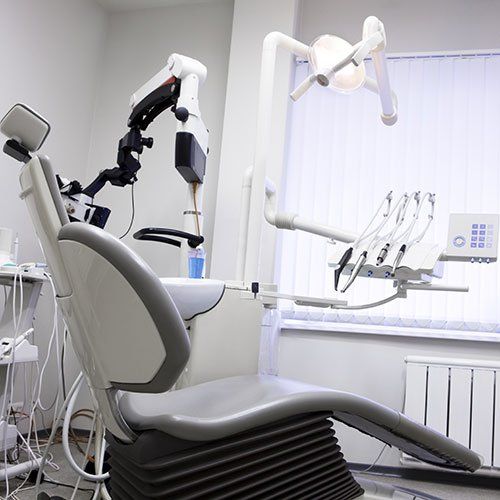Temporomandibular joint disorder, or TMD as it is commonly referred to, is a common and frustrating condition. Though it generally manifests as an achy or painful jaw, it may lead to a host of more serious issues, from abscesses to infections. Such issues are both highly uncomfortable and quite costly.
Unfortunately, many people suffer from TMD without ever realizing it--simply because they are not familiar with this condition. If you would like to improve your knowledge of this frequently experienced dental disorder, read on. This article will provide you with a useful overview of the symptoms, causes, and treatments of TMD.
As noted above, the chief characteristic of TMD is discomfort and/or pain in the jaw--particularly at the back of the jaw, where the temporomandibular joint (TMJ) is located. Such discomfort is an element in almost all cases of TMD. Yet that doesn't mean that it is the only way in which this disorder can manifest. Numerous secondary symptoms may also occur. These may include any of the following:
- difficulty in opening the mouth
- clicking, popping or grinding sounds when moving the jaw
- trouble chewing
- frequent earaches and/or headaches
- heightened sensitivity to light
If you have noticed any of these symptoms--especially if they have occurred in conjunction with facial or jaw pain--be sure to consult with your dentist as soon as possible about whether you might be suffering from TMD.
One of the tricky things about diagnosing TMD is that it is not linked strictly to any one cause. Ultimately, the pain of TMD results from the muscles around the jaw's temporomandibular joint being subjected to an excessive or unusual amount of stress. Yet there are a number of different factors that can lead to this stress, whether physical, behavioral, or mental.
Perhaps the most common source of physical stress placed on the TMJ is dental malocclusion. This refers to the phenomenon whereby certain of the top and bottom teeth do not fully contact one another. This causes greater amounts of chewing pressure to be exerted on certain teeth. Over time, this will begin to fatigue the facial muscles, eventually leading to the pain associated with TMD.
TMD may also stem from behavioral issues that have become habitual through years of recurrence. For instance, those who favor one side of their mouth when chewing often find themselves dealing with TMD. It is also important to recognize the role that mental health plays in TMD. Emotional stress is a frequent contributor to the problem, thanks to the fact that many people respond to such stress by clenching up the muscles of their face.
The range of possible causes of TMD corresponds to an equally diverse array of treatment options. For those suffering from TMD that seems to stem from mental or emotional stress, implementing relaxation techniques throughout the day can greatly ease the problem. Likewise, the following home therapy techniques can often ease the discomfort of TMD:
- eating soft foods
- treating the jaw with hot and/or cold pads
- making a conscious effort to rest the jaw
Those whose symptoms are more debilitating may need to see a dentist for more serious treatment options. This may involve prescribing you with certain medications to help ease the pain and/or swelling. Orthodontic devices can also be implemented to help promote proper jaw positioning and thus relieve TMD symptoms stemming from mild dental deformities.
In certain serious cases of TMD, a dentist may recommend surgery as the best solution. Perhaps the most common form of TMD surgery is what is known as open-joint arthroplasty.
This technique involves surgically exposing the temporomandibular joint and making alterations to the disc responsible for cushioning the joint, either repairing, repositioning, or replacing it entirely in order to alleviate unwanted structural stresses.













